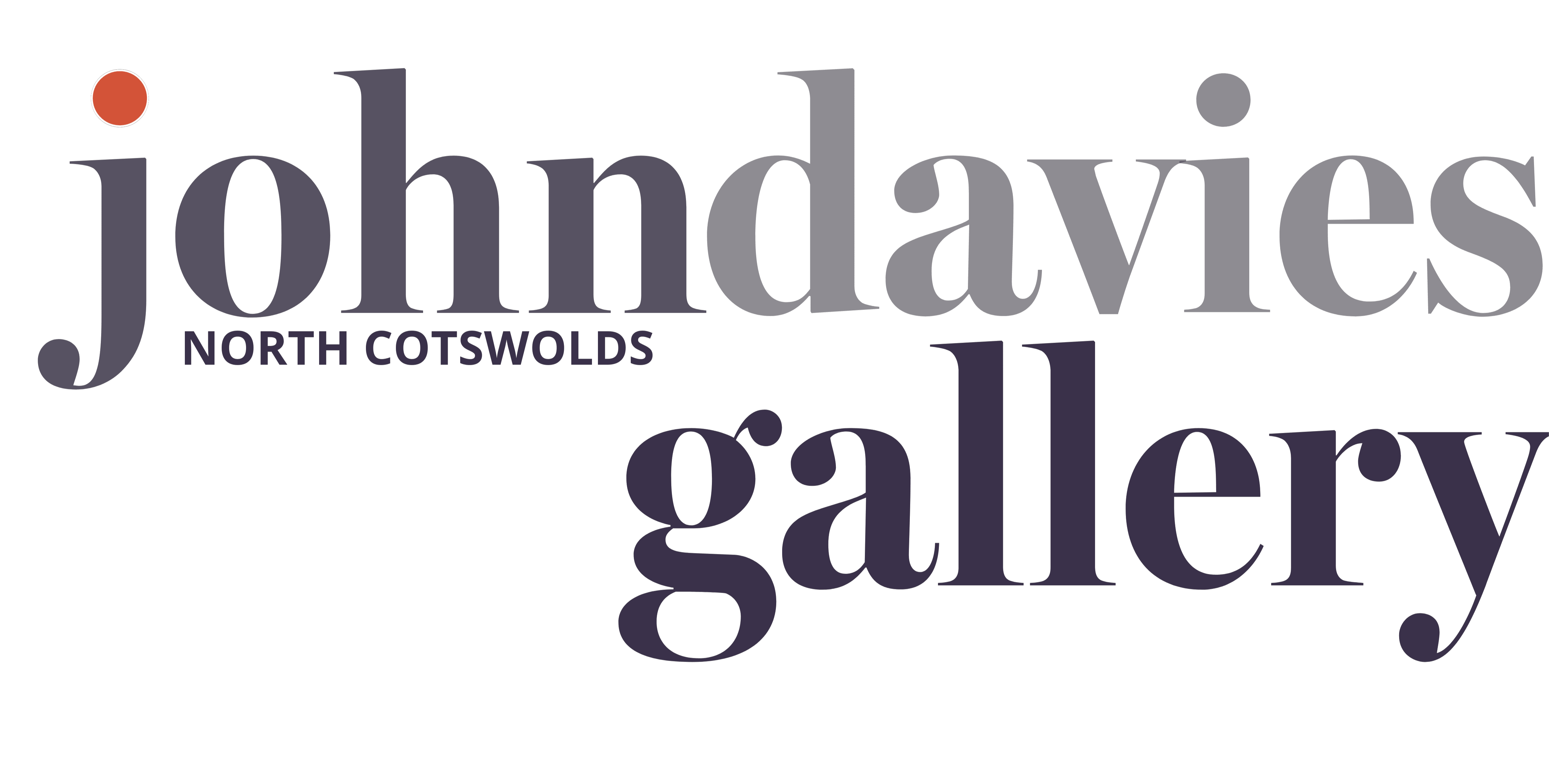I started painting abstract compositions a few years ago for a number of reasons. Firstly, I have loved viewing the semi-abstract or abstract works of significant mid-20th Century artists in general. Dating back many years I have been particularly attracted to the work of Sonia Delaunay and the Canadian Jean Paul Riopelle, and later, in New York, Venice and London, I experienced first-hand the work of the New York School and American artists such as Willem De Kooning and Franz Kline. My gallery has also handled the works of many outstanding British artists from the 1950's and '60's, including Bernard Farmer, William Gear, Adrian Heath, William Scott, and Douglas Swan to name a few. I have been inspired by all of these artists' paintings.
Secondly, I am attracted to creating expressive compositions, as opposed to just painting what I see. Of course, there is a strong interpretive element in my representational paintings, as well as a passion for rendering nature from a technical point of view. But the starting points of my representational paintings are, obviously, first-hand observation and faithful reportage. But I also wish to convey energy and feeling from what is not so much observed, as felt and experienced; using shapes and colour instinctively to form stimulating compositions.
I am highly inspired by music (in my case some 18th Century, but mainly 19th and 20th Century, classical music). and have often speculated about finding a way of rendering shape and colour in a manner related to, or inspired by, specific pieces of music. Now I realise that this is almost certainly impossible to achieve. Even if successful, I doubt that any observer would react to the composition of any such painting in the manner intended by the creator, although that is not a critical matter in itself.
Another way of stating this is that any expressive imitation of music in visual form, at least in painted form, is an impossibility. But I do still hope to deploy the inspiration I receive from specific pieces of music as starting points for abstract compositions.
There is so much music that I love deeply; my late father acquired a fine Quad Hi-Fi set up in the late 1950's; this was up-dated, twice, in the late 1960's and again in the 1980's. In the days of 78-rpm records, much Beethoven piano music was heard in our home, along with Schubert and Schumann. Then came 33.3 rpm vinyl which brought, in our case, recordings of Rachmaninov piano concerti, works by Walton and, most significantly for me, Debussy, Ravel, Sibelius and Mahler.
Over the last fifty years I have enjoyed discovering some earlier music, but I am often most inspired by progressive mid to late 20th Century and 21st Century works by Britten, Shostakovich and particularly Witold Lutoslawski and the contemporary composer Peteris Vasks.
Before I leave the subject of music, I would just say how much I rely on BBC Radio 3; it is just simply a wonderful resource that I simply would not be without. Most visitors to the gallery will be aware of Radio 3 playing in the gallery and it is also my default setting on radios in my studio, dining room, kitchen and in the car.
The level of research and scholarship within Radio 3's music programme is unrivalled, and I feel it is an institution to be treasured, particularly with such inspired and brilliant presenters as Petroc Trelawny, Giorgia Mann, Katie Derham, Kate Molleson, Sara Mohr-Pietsch, Fiona Talkington, Ian Skelly, Michael Berkeley and Tom Service, to name just a few.
One 'elephant in the room' that I did manage to get out when first diverting into abstract composition, was that the start of creating an abstract work doesn't have to begin with the observation of a specific subject in one's line of sight.
Many semi-abstract or abstract paintings have started with a particular subject in view, such as Cubist works for example. But since the coming about of Abstract-Expressionism in the mid-20th Century, a visual language in paint that is driven by instincts, feelings, colour and form, has become well established.
I find some people instantly 'get' abstract work, while detractors of the form tend to ask 'But what does it represent?'. I so wish to reach out to those who do not respond to abstract work, both from an artist and dealer point of view. I find that there is so much richness, diversity and stimulation to be found beyond representation. But, that said, I still love so many examples of representational work as well.

